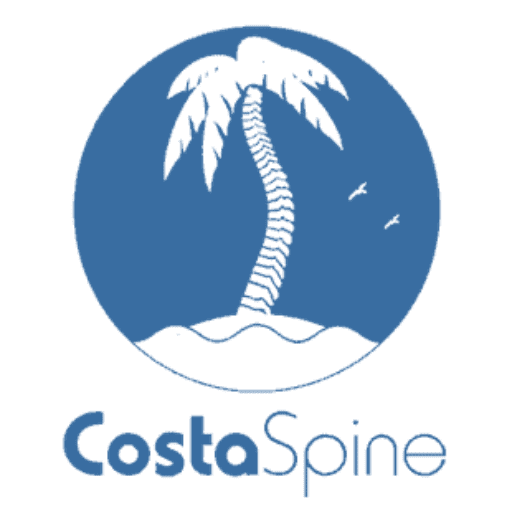The acronym PRICE (Protection, Rest, Ice, Compression and Elevation) has been at the corner stone of acute soft tissue damage (ligaments; muscles and tendons). This form of management has served us well over the years. By implementing this vast array of treatment modalities it has shown through subjective findings to have a significant effect on the healing process, however there is no high quality empirical research showing this conclusion. Furthermore the typical use of anti-inflammatory (NSAID’s) medication straight after an injury, causes the area to bleed more and will lead to further inflammation and swelling. The reason for this is that NSAID’s has COX 2 inhibitors within it and this causes a reduction of platelet aggregation and decreased vasoconstriction and thus causes further swelling and thus decreasing the healing rate.
Protection and rest following an injury is still crucially important during the initial healing process. Immobility can never be over-looked, due to the fact all injuries are an over-extension of a joint which damages either your ligament or tendon. So limiting that joint movement and securing it, in its optimal anatomical position will allow the ligaments to knit in its correct shortened state. But, rest should be of limited duration and restricted to immediately after trauma. Longer periods of unloading are harmful and produce adverse changes to tissue biomechanics and morphology. So it is crucial that you seek medical advice as it is a fine balancing act between immobility and activity. Progressive mechanical loading is more likely to restore the strength and morphological characteristics of collagenous tissue.
Ice; compression and elevation (ICE) are the other basic principles of early treatment. Most research has focused on the analgesic effect of icing or the associated skin or intramuscular temperature changes; a recent randomized controlled trial by ‘Prins and colleagues’, which examined the effectiveness of ice on recovery from acute muscle tear, is the first of its kind, showing that the use of ice is not beneficial for people who receive cryotherapy. Clinical studies into compression are also lacking, and much of its rationale is extrapolated from research relating to deep venous thrombosis prophylaxis and lymphoedema management; there is little clinical research on elevation.
The difficult clinical challenge is finding the balance between loading and unloading during tissue healing. If tissues are stressed too aggressively after injury, the mechanical insult may cause re-bleeding or further damage. Protection of vulnerable tissues therefore remains an important principle. But, too much emphasis creates a default mindset that loading has no place in acute management. Rest may be harmful and inhibits recovery. The secret is to find the ‘optimal loading’.
Optimal loading means replacing rest with a balanced and incremental rehabilitation program where early activity encourages early recovery. Injuries vary so there is no single one size fits all strategy or dosage. A loading strategy should reflect the unique mechanical stresses placed upon the injured tissue during functional activities, which varies across tissue type and anatomical region. For example, a muscle injury to the lower limb has cyclic loading through normal ambulation. The upper limb may require additional cyclic load to be factored into the rehabilitation program in order to maximise mechanical stimulus.
POLICE, a new acronym, which represents protection, optimal loading, ice compression and elevation, is not simply a formula but a reminder to clinicians and patients to think differently and seek out new and innovative strategies for safe and effective loading in acute soft tissue injury management. Optimal loading is an umbrella term for any mechano-therapy intervention and includes a wide range of manual techniques currently available at CostaSpine; indeed the term may include manual techniques such as massage refined to maximise the mechano-effect. Paradoxically, strapping, crutches, braces and supports, traditionally associated with rest, may have a greater role in adjusting and regulating optimal loading in the early stages of rehabilitation.
POLICE should make us think more about research into designing rehabilitation strategies that are appropriate to the nature and severity of injury in different sports and activities. If the primary principle of treatment is to restore the histological and mechanical properties of injured soft tissue, optimal loading may indeed be sport specific. The challenge is in determining what is ‘optimal’ in terms of the dosage, nature and timing.
Yours in Healthcare

